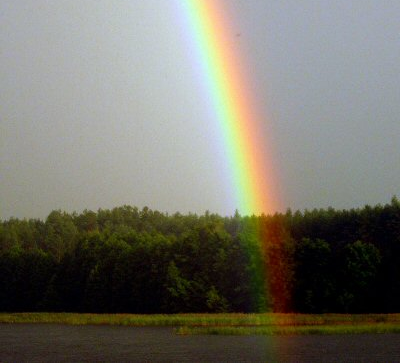1. Light and Life (1/8)
The role of light in water
Water
Water in its liquid form can be either fresh (inland) or salty (marine). On average, seawater in the world's oceans has a salinity of ~3.5%, or 35 parts per thousand. This means that every 1 kg of seawater has approximately 35 grams of dissolved salts (mostly, but not entirely, the ions of sodium chloride: Na+, Cl-). Water also contains the gasses O2, N2 and CO2, and is the environment for phyto- and zooplankton and larger plants and animals.
Water colour
Did you know pure water appears blue because of its absorption at the red wavelengths and scattering at the blue wavelengths of the optical spectrum?
Pure water has a light blue colour, which becomes a deeper blue as the thickness of the observed sample increases. The blue colour is caused by selective absorption and scattering of the light in the spectrum. Substances dissolved or suspended in water may give water different coloured appearances.
You can learn more about colours and the electromagnetic spectrum (usually just called spectrum) in the tutorial on Understanding Spectra from the Earth

